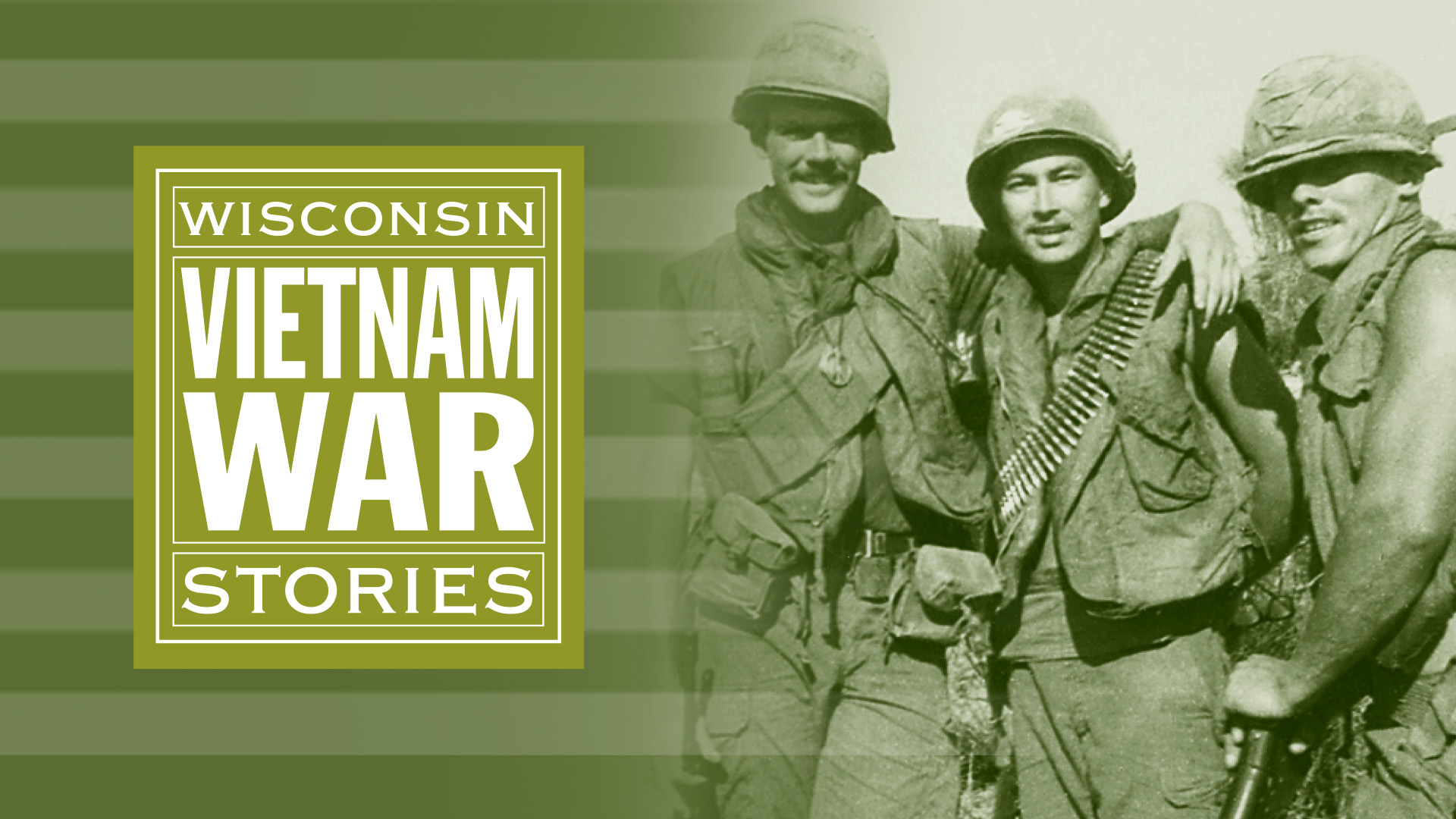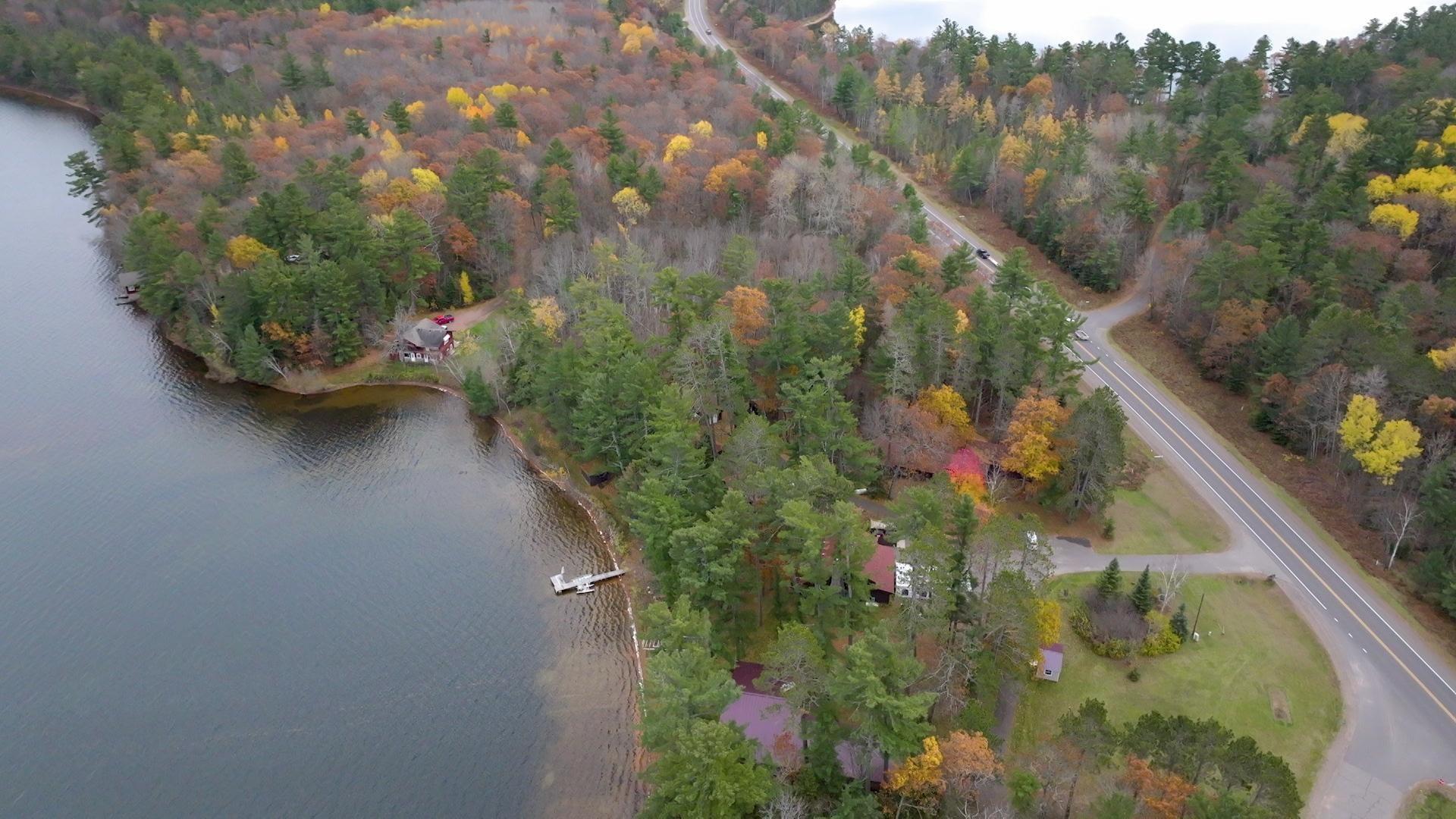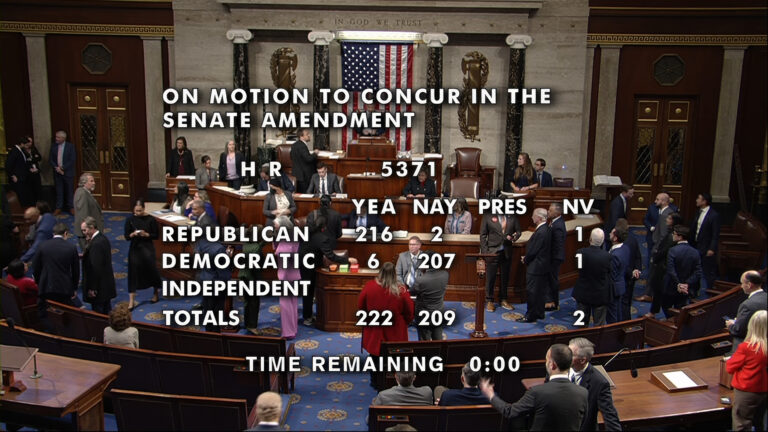A Syrian Refugee Family Seeks To Rebuild Their Lives In Middleton
Every single refugee among multitudes around the world has their own individual story, their own experience of fleeing danger and seeking a better life elsewhere. One family that escaped Syria and moved to Wisconsin offers an example of the personal scope of this vast crisis.
February 2, 2017

HAN: Mousa Aldashash and family

The sheer human scale of the global refugee crisis has helped make it a more prominent political issue in recent years.
War and persecution have displaced tens of millions of people around the world from their homes. In 2015 alone, a record 1.3 million people sought refugee status in the European Union, primarily fleeing strife in western Asia and northern Africa. During the same time period, refugee resettlement in the United States has been much smaller, with less than 80,000 people per year being accepted, though this number jumped to about 85,000 in 2016. The U.S. was on track to accept about 110,000 refugees in 2017, based on a goal the Obama administration set, but this target has been cut to 50,000 people following an executive order President Donald Trump issued on Jan. 27.
But every single refugee among these multitudes has their own individual story, their own experience of fleeing danger and seeking a better life elsewhere. One family that escaped Syria and moved to Wisconsin offers an example of the personal scope of this vast crisis.
Mousa Aldashash lived in the city of Homs five years ago. Located in western Syria, it was a regional industrial center with a religiously diverse population. In fact, it was the nation’s third largest city, after its capital Damascus to the south and Aleppo to the north. Homs has been one of the primary battlegrounds of the ongoing Syrian Civil War. It has served as a center of opposition to the regime of Syria’s president Bashar al-Assad, and has also been a center of sectarian fighting between Sunni and Alawite Muslims. This years-long series of battles is known as the Siege of Homs (and is the subject of the 2015 PBS documentary by POV titled Return to Homs).
A business student in college, and an employee of a multinational construction company before the war, Aldashash lived in Homs with his wife Khlood and their infant daughter. In the spring of 2013, during one of the periodic peace agreements during the war, he recorded video from a window of his home that showed Assad regime soldiers next to an artillery weapon. Aldashash shared this video with local Syrian media, and shortly thereafter, he said, snipers started shooting out his windows. Shortly thereafter he decided to flee. Driving for seven days, switching cars three times, Aldashash and his family made it to the border of Turkey, and went on to fly to Chicago.
Joining a brother who had moved to the U.S. several years earlier, Aldashash and his family would move to Middleton, a suburb of Madison He found work at a car dealership and set about learning to speak English. Since they were from Syria, they were granted temporary protected status and embarked on achieving official asylum as refugees.
As the Syrian refugee crisis started becoming more of a political issue in the U.S., Aldashash shared his story and perspective on the matter in a report that aired Nov. 25, 2015 edition of Wisconsin Public Television’s Here And Now.
In the interview, Aldashash described the feeling of living in the midst of a war that was simultaneously political and religious in nature.
“The life is just like people between the two jaws of a plier – we’ve got to get squeezed between ISIS, or ISIL, and the regime,” he said.
Aldashash also urged the U.S. to continue accepting refugees from the strife in Syria while maintaining safeguards to prevent the entry of people who would engage in terrorism.
“Take precautions, take whatever it takes,” he said “but don’t make the people of Syria, these refugees, who are running away to death, to close the door in their faces.”
Here And Now checked in with Aldashash more than a year later to learn about his refugee status and new life in the U.S. In a follow-up report airing on the Jan. 27, 2017 edition of the program, anchor Frederica Freyberg spoke with Aldashash about his hopes after living in Middleton for nearly four years.
“It was I think the first six months was the hardest thing,” said Aldashash, describing how he waited after having his first interview with an immigration officer in Chicago in May 2014. “Especially every day when you go outside to open the mailbox, you know.”
Aldashash is still waiting to learn if he has been granted asylum — a decision officials initially told him would take weeks. In the nearly three years since his initial interview with the immigration officer, his parents and a young nephew have been granted this status. Aldashash and his wife have also had another child, a baby boy, who was born in the U.S. and is a citizen.
Trump’s executive order sets a 120-day halt to all refugees entering the U.S. pending changes to the already extensive vetting process, and also puts an indefinite hold on all refugees from Syria.
Between 2002 and 2016, a total of 119 refugees from Syria resettled in Wisconsin, with over a dozen more coming in January in advance of the executive order. But those numbers are a very small percentage of the total number of refugees resettling in Wisconsin over the past 15 years. Overall, more than 13,500 refugees from nations around the world landed in the state during this time period.
In an interview airing on the Jan. 27, 2017 edition of Here And Now, Freyberg spoke with WisContext‘s Scott Gordon about resettlement in Wisconsin and how Burma has recently been the largest source nation for refugees moving to the state.
With the U.S. refugee resettlement process now on hold, the future prospects for Aldashash remain uncertain. He is still waiting on word from immigration officials about the status of his application for asylum, but hopes he will be able to continue building a new life in Middleton.
“I just start to build my life,” he told Here And Now.” I start to live like normal, you know, everything’s going on, even if I’m still like — I want to feel like everything, I’m related to this land.”
 Passport
Passport











Follow Us